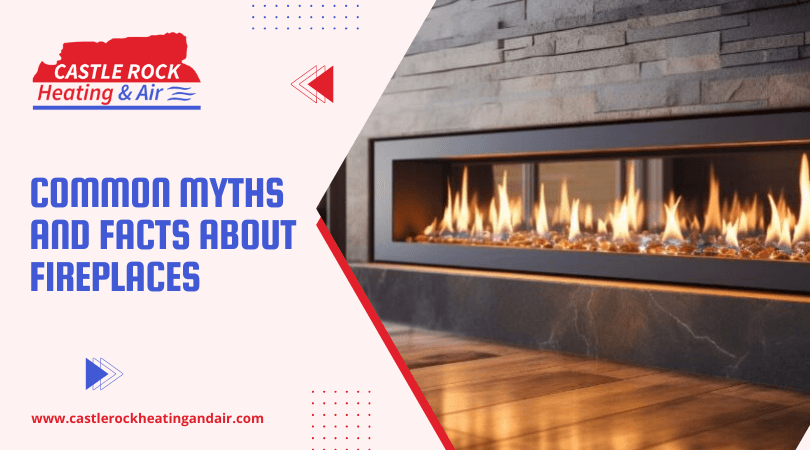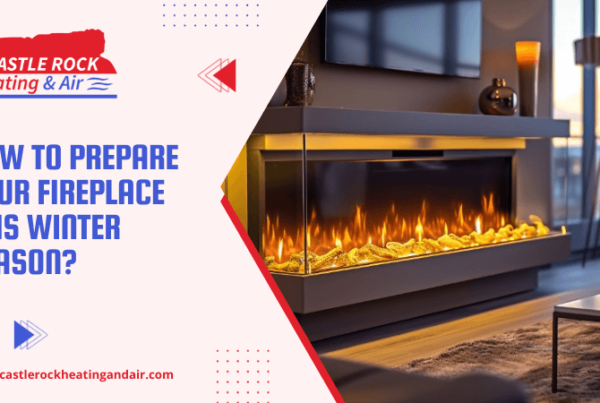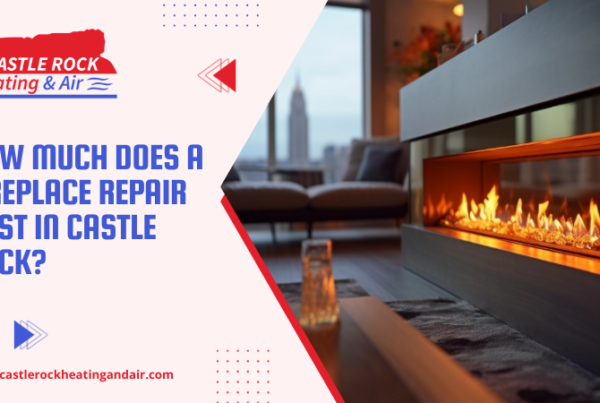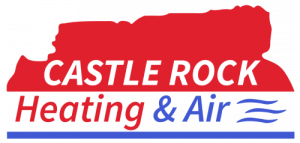
Fireplaces add appeal to your home and are great centerpieces for gatherings and entertaining. Also, now that winter is close and the temperature has started to drop, there is nothing better than lighting up your fireplace to get rid of that winter chill.
However, homeowners still have many misconceptions about their fireplace’s maintenance and longevity that stop them from using their units properly. Here, we will discuss the most common myths and facts about fireplaces to debunk these misconceptions and help you use your fireplaces effectively.
Most Common Myths and Facts About Fireplaces
Myth 1- Less Used Chimneys Don’t Require Inspection
If you haven’t used your chimney in a while, you may not feel the need to inspect it before lighting it again. But that’s a myth.
Fact:
There will be less soot, smoke, and creosote buildup when you aren’t using the fireplace as frequently. However, there can still be an issue with the structural integrity of your fireplace, like cracks, worn-out liners, and trapped moisture that can affect its performance.
Myth 2- Soft Wood Leads to Excess Creosote Buildup
It’s a common belief that hardwoods are the best for fireplaces as they produce less soot and creosote compared to softer woods like pine.
Fact:
This myth is completely false, as pine, cedar, and other softwoods burn similarly to hardwoods if seasoned properly. The main reason for excess creosote is the fire burning at a lower temperature, moisture in wood, and improper seasoning.
Myth 3- Gas Fireplaces Don’t Require Maintenance
Gas fireplaces don’t require regular cleaning and maintenance, as they produce fewer byproducts compared to wood fireplaces.
Fact:
Gas fireplaces indeed require less maintenance than their wooden counterparts. But regular gas fireplace maintenance, cleaning, and inspection are crucial to prevent dirt and dust buildup and ensure delicate parts like the igniter and thermocouple function properly for smooth operation.
Myth 4- Fireplaces Make the Room Cooler Not Hotter
Most heat from the fireplace goes out of the chimney, and fireplaces draw oxygen from the room, which makes it colder than Before.
Fact:
This is true to some extent. But you can easily avoid this issue with energy-efficient gas fireplaces and by installing a fireback ( a plate of cast iron) to radiate heat back into the room.
Myth 5- Fireplaces Ruin the Air Quality of Your Home
Wood and some gas fireplaces release harmful byproducts that lower the IAQ of your home and contribute to pollution and global warming.
Fact:
Emissions by fireplaces are only a small part of a larger problem. Most new fireplaces installed in Castle Rock today meet the EPA standards for minimum energy efficiency and are essentially carbon-neutral.
Myth 6- Frequent Fireplace Use Is the Only Cause of Chimney Fire
The risks of chimney fire only increase if you use your fireplace frequently.
Fact:
This is false. Frequent use is not the only reason for chimney fires. Infrequent cleaning and inspections are responsible for creosote buildup, which can eventually lead to a fire accident if left unaddressed.
Myth 7: Homeowners are Better Off Cleaning Fireplaces Themselves
There is no need to spend money on experts, as cleaning fireplaces is simple and doesn’t require special skills.
Fact:
No, this is a myth. While you can do some minor cleaning and repairs, you’ll need professional help with any large-scale fireplace repairs and cleaning. Our experts at Castle Rock Heating & Air will help restore your fireplace to its peak performance.
Using our experience and knowledge, we will identify and rectify any problems you face and ensure you get the full benefits of your fireplace during the winter.





